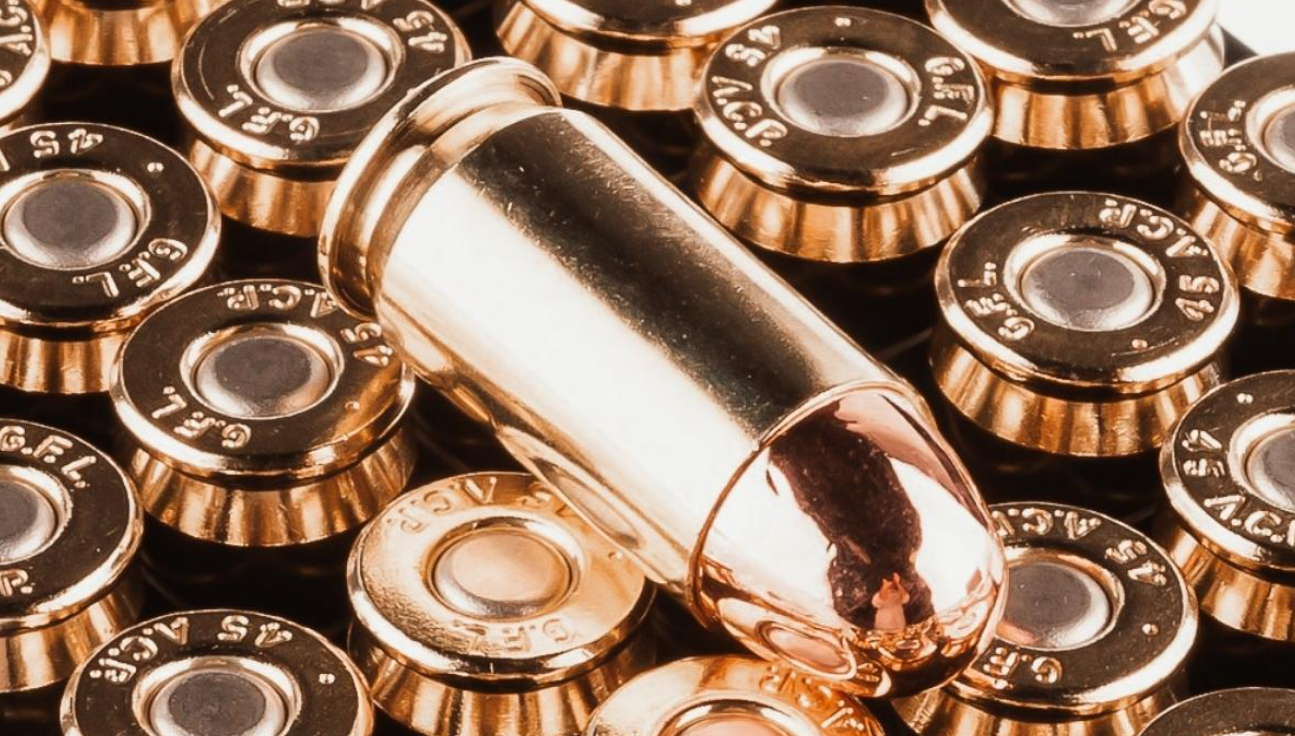
With police and military service pistols, each generation of officers has been seeking the same thing: a sidearm that does the job with power, reliability, and simplicity. No debates over cartridges have been as potent—or as heated—as the battle between the .357 SIG and the .40 S&W.

They both arose from the same quest for more stopping power following the infamous Miami shootout in 1986, a shootout that revealed the shortcomings of service calibers at the time. The FBI started searching for something more powerful in its wake.

The first solution it found was the 10mm Auto, a cartridge that delivered revolver-like power in a semi-auto package. But whereas the 10mm was effective, it was so at the cost of savage recoil and using large, heavy weapons.

That contradiction prompted Smith & Wesson and Winchester to create the .40 S&W—a toned-down, more controllable version of the 10mm that shared a great deal of its bite. Police forces throughout the nation embraced it with ease, equipping their officers with a compromise between 9mm’s ease of use and 10mm’s brute force. The change in ammunition also influenced handgun design.

Sig Sauer foresaw the trend, produced the P229 to cope with the higher pressures of the .40 S&W. The pistol had a stainless steel slide and stress-framed frame, a configuration later proving optimal for the .357 SIG, too. The .357 SIG, which debuted in the 1990s, was basically a .40 caliber necked down to create the classic .357 Magnum revolver cartridge ballistics within an autoloader. The flat-shooting, high-velocity bullets of the new cartridge cut their own niche in handgun history. The two cartridges offer significantly different strengths.

The .40 S&W typically uses heavier bullets—generally 165 or 180 gr—at moderate speeds, with about 500 foot-pounds of energy. That means deep penetration and long wound channels, and because of that, it was relied upon by so many agencies.

The .357 SIG is a velocity cartridge, though. It’s 125–135 grain bullets exit the muzzle well over 1,200 feet per second, which is the same as the .357 Magnum. That speed can produce greater shock in tissue, and theoretically, more rapid incapacitation.

But numbers don’t seal the deal. The .40 S&W is cheaper, more ubiquitous, and simpler to reload because of its straight-walled case. The .357 SIG, being a bottlenecked round, loads very predictably but costs more to shoot and produces a crisper muzzle pop that some gun manipulators find exhausting. Both have their quirks, and what is “better” depends mainly on the shooter performing the task and what the task is.

The Sig Sauer P229 is still at the center of this tale. Constructed robust enough to withstand both calibers, it soon earned a reputation as being dependable and silk-smooth shooting. Early “Legacy” versions, boasting heavy slides and blocky internals, are still favored by collectors and professionals. Aiming 9mm in the same platform is near-natural, but the gun really comes alive when using the rounds it was first made for.

Today, the debate between .40 S&W and .357 SIG is not one of proclaiming a sweeping winner. It’s one of the choices. The .40 remains a do-it-all, utilitarian caliber with broad popularity, and the .357 SIG offers near-magnum capability for those willing to pay extra for velocity and terminal power. And since both share the same parent case, barrel swapping allows carrying both personas in the same gun.

The story of these cartridges—and of the P229 itself—is a snapshot of a particular moment in the history of firearms, when the military and police were looking for new answers to old problems attempted before. If you enjoy the .40’s forceful grip or the .357’s wide-shooting velocity, both are milestones along the way to the ultimate combat sidearm.
